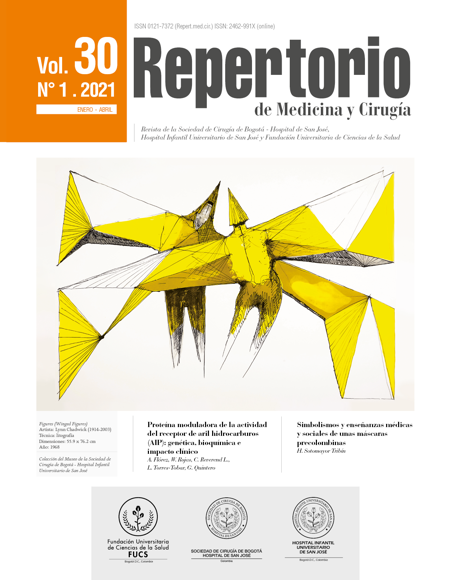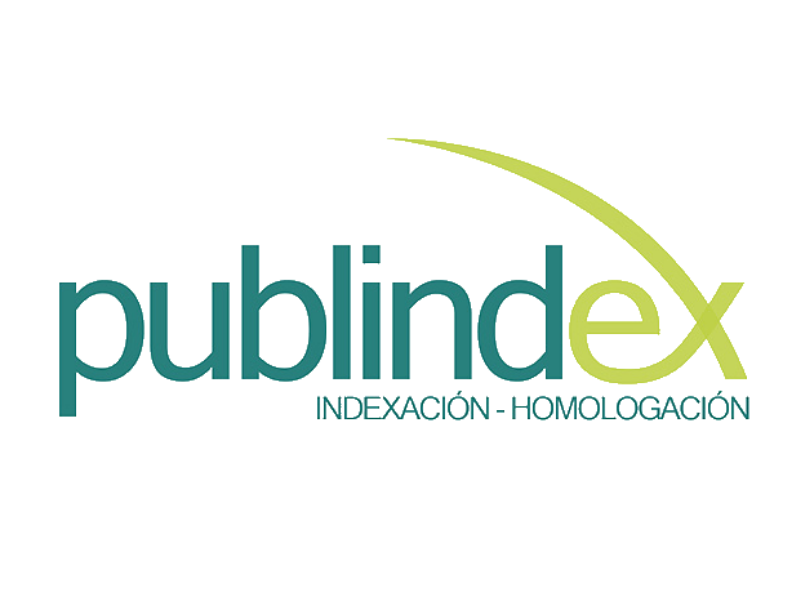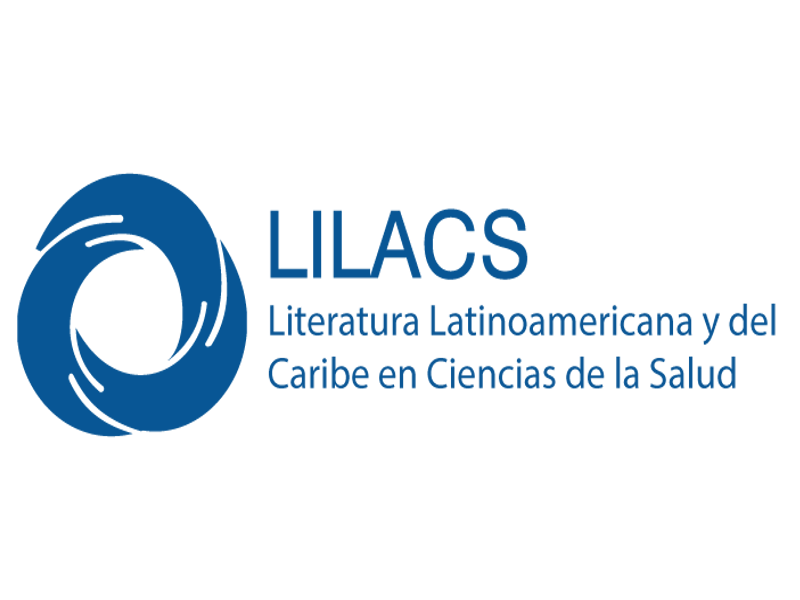Cardiovascular complications related to fetal programming
Complicaciones cardiovasculares en relación con la programación fetal
![]()
![]()

Show authors biography
Introduction: fetal programming offers new perspectives on the origin of cardiovascular diseases, relating their appearance with perinatal factors. Objective: to show the evidence associating gestational alterations with cardiovascular diseases in the offspring in adult life. Methodology: an EBSCO, COCHRANE, MEDLINE, PROQUEST and SciELO databases search of original review and research articles published in English in the last ten years was conducted. MeSH terms were used to perform a controlled search. The studies were analyzed accordingly using the STROBE and PRISMA reporting guidelines. Results: The findings suggest that a birth weight of less than 2600 kg is related with diabetes mellitus (OR = 1.607, 95% CI 1.324 to 1.951), hypertension (OR = 1.15, 95% CI 1.043 to 1.288) and impaired endothelial function (1.94+0.37 vs 2.68+0.41, p: 0.0001) in adulthood. Prematurity is related with higher systolic blood pressure (4.2 mmHg 95% CI; 2.8 to 5.7 p 0.001) and diastolic blood pressure (2.6 mmHg 95% CI; 1.2 to 4.0; p 0.001). Maternal nutritional alterations and gestational diabetes increase the risk of metabolic syndrome (OR = 1.2 95% CI 0.9 to 1.7) and overweight in school-age (OR = 1.81 95% CI 1.18 to 2.86). Conclusion: adverse results during pregnancy are related with the development of cardiovascular diseases in the exposed fetus in adult life.
Article visits 1258 | PDF visits 971
Downloads
- Mozaffarian D, Benjamin EJ, Go AS, Arnett DK, Blaha MJ, Cushman M, et al. Heart Disease and Stroke Statistics-2016 Update: A Report From the American Heart Association. Circulation. 2016;133(4):e38-360.
- Ministerio de Salud y protección Social, Dirección de Epidemiología y Demografía. Análisis de Situación de Salud. Colombia, 2016. Colombia: Ministerio de Salud y protección Social; 2015. p. 149.
- Barker DJ, Osmond C, Golding J, Kuh D, Wadsworth ME. Growth in utero, blood pressure in childhood and adult life, and mortality from cardiovascular disease. BMJ. 1989;298(6673):564-7. DOI: https://doi.org/10.1136/bmj.298.6673.564
- Barker DJ. Fetal origins of coronary heart disease. Br Heart J. 1993;69(3):195-6. DOI: https://doi.org/10.1136/hrt.69.3.195
- Marciniak A, Patro-Malysza J, Kimber-Trojnar Z, Marciniak B, Oleszczuk J, Leszczynska-Gorzelak B. Fetal programming of the metabolic syndrome. Taiwan J Obstet Gynecol. 2017;56(2):133-8. DOI: https://doi.org/10.1016/j.tjog.2017.01.001
- Perrone S, Santacroce A, Picardi A, Buonocore G. Fetal programming and early identification of newborns at high risk of free radical-mediated diseases. World J Clin Pediatr. 2016;5(2):172- 81. DOI: https://doi.org/10.5409/wjcp.v5.i2.172
- Salam RA, Das JK, Bhutta ZA. Impact of intrauterine growth restriction on long-term health. Curr Opin Clin Nutr Metab Care. 2014;17(3):249-54. DOI: https://doi.org/10.1097/MCO.0000000000000051
- Gluckman PD, Hanson MA, Cooper C, Thornburg KL. Effect of in utero and early-life conditions on adult health and disease. New Engl J of Med. 2008;359(1):61-73. DOI: https://doi.org/10.1056/NEJMra0708473
- Robertson SA, Chin PY, Femia JG, Brown HM. Embryotoxic cytokines-Potential roles in embryo loss and fetal programming. J Reprod Immunol. 2018;125:80-8. DOI: https://doi.org/10.1016/j.jri.2017.12.003
- Meister TA, Rexhaj E, Rimoldi SF, Scherrer U, Sartori C. Fetal programming and vascular dysfunction. Artery Res. 2018;21:69- 77. DOI: https://doi.org/10.1016/j.artres.2017.11.005
- Hsu P, Nanan R. Foetal immune programming: hormones, cytokines, microbes and regulatory T cells. J Reprod Immunol. 2014;104-105:2-7. DOI: https://doi.org/10.1016/j.jri.2014.02.005
- Vandenbroucke JP, Von Elm E, Altman DG, Gøtzsche PC, Mulrow CD, Pocock SJ, et al. Mejorar la comunicación de estudios observacionales en epidemiología (STROBE): explicación y elaboración. Gac Sanit. 2009;23(2):158e1-e28. DOI: https://doi.org/10.1016/j.gaceta.2008.12.001
- Urrútia G, Bonfill X. Declaración PRISMA: una propuesta para mejorar la publicación de revisiones sistemáticas y metaanálisis. Med Clin. 2010;135(11):507-11. DOI: https://doi.org/10.1016/j.medcli.2010.01.015
- Cooper R, Power C. Sex differences in the associations between birthweight and lipid levels in middle-age: findings from the 1958 British birth cohort. Atherosclerosis. 2008;200(1):141-9. Epub 2008/01/01. DOI: https://doi.org/10.1016/j.atherosclerosis.2007.11.011
- Illingworth RS. Birth weight and subsequent weight. Br Med J. 1950;1(4645):96. DOI: https://doi.org/10.1136/bmj.1.4645.96
- Whincup PH, Kaye SJ, Owen CG, Huxley R, Cook DG, Anazawa S, et al. Birth weight and risk of type 2 diabetes: a systematic review. Jama. 2008;300(24):2886-97. Epub 2008/12/26. DOI: https://doi.org/10.1001/jama.2008.886
- Pilgaard K, Faerch K, Carstensen B, Poulsen P, Pisinger C, Pedersen O, et al. Low birthweight and premature birth are both associated with type 2 diabetes in a random sample of middle-aged Danes. Diabetologia. 2010;53(12):2526-30. doi: 10.1007/s00125-010-1917- 3 DOI: https://doi.org/10.1007/s00125-010-1917-3
- Wei JN, Li HY, Sung FC, Lin CC, Chiang CC, Li CY, et al. Birth weight correlates differently with cardiovascular risk factors in youth. Obesity (Silver Spring). 2007;15(6):1609-16. doi: 10.1038/ oby.2007.190. doi: 10.1016/j.molmet.2018.06.009. DOI: https://doi.org/10.1038/oby.2007.190
- Beeson JH, Blackmore HL, Carr SK, Dearden L, Duque-Guimarães DE, Kusinski LC, et al. Maternal exercise intervention in obese pregnancy improves the cardiovascular health of the adult male offspring. Mol Metab. 2018;16:35-44. doi: 10.1016/j. molmet.2018.06.009 DOI: https://doi.org/10.1016/j.molmet.2018.06.009
- de Rooij SR, Painter RC, Holleman F, Bossuyt PM, Roseboom TJ. The metabolic syndrome in adults prenatally exposed to the Dutch famine. Am J Clin Nutr. 2007;86(4):1219-24. doi: 10.1093/ ajcn/86.4.1219 DOI: https://doi.org/10.1093/ajcn/86.4.1219
- Bettiol H, Sabbag Filho D, Haeffner LS, Barbieri MA, Silva AA, Portela A, et al. Do intrauterine growth restriction and overweight at primary school age increase the risk of elevated body mass index in young adults?. J Med Biol Res. 2007;40(9):1237-43. doi: 10.1590/s0100-879x2007000900011 DOI: https://doi.org/10.1590/S0100-879X2007000900011
- Baptiste-Roberts K, Nicholson WK, Wang NY, Brancati FL. Gestational diabetes and subsequent growth patterns of offspring: the National Collaborative Perinatal Project. Matern Child Health J. 2012;16(1):125-32. doi: 10.1007/s10995-011-0756-2 DOI: https://doi.org/10.1007/s10995-011-0756-2
- Parkinson JR, Hyde MJ, Gale C, Santhakumaran S, Modi N. Preterm birth and the metabolic syndrome in adult life: a systematic review and meta-analysis. Pediatrics. 2013;131(4):e1240-63. doi: 10.1542/ peds.2012-2177 DOI: https://doi.org/10.1542/peds.2012-2177
- Dalziel SR, Parag V, Rodgers A, Harding JE. Cardiovascular risk factors at age 30 following pre-term birth. Int J Epidemiol. 2007;36(4):907-15. doi: 10.1093/ije/dym067. DOI: https://doi.org/10.1093/ije/dym067
- Bassareo PP, Fanos V, Puddu M, Demuru P, Cadeddu F, Balzarini M, et al. Reduced brachial flow-mediated vasodilation in young adult ex extremely low birth weight preterm: a condition predictive of increased cardiovascular risk? J Matern Neonatal Med. 2010;23 Suppl 3:121-4. Epub 2010/10/12. DOI: https://doi.org/10.3109/14767058.2010.506811
- Leeson CP, Kattenhorn M, Morley R, Lucas A, Deanfield JE. Impact of low birth weight and cardiovascular risk factors on endothelial function in early adult life. Circulation. 2001;103(9):1264-8. doi: 10.3109/14767058.2010.506811. DOI: https://doi.org/10.1161/01.CIR.103.9.1264
- Hocher B. More than genes: the advanced fetal programming hypothesis. J Reprod Immunol. 2014;104-105:8-11. doi: 10.1016/j. jri.2014.03.001. DOI: https://doi.org/10.1016/j.jri.2014.03.001
- Morgan AR, Thompson JM, Murphy R, Black PN, Lam WJ, Ferguson LR, et al. Obesity and diabetes genes are associated with being born small for gestational age: results from the Auckland Birthweight Collaborative study. BMC Med Genet. 2010;11:125. doi: 10.1186/1471-2350-11-125. DOI: https://doi.org/10.1186/1471-2350-11-125
- Bischoff AR, Portella AK, Paquet C, Dalle Molle R, Faber A, Arora N, et al. Low birth weight is associated with increased fat intake in school-aged boys. Br J Nutr. 2018;119(11):1295-302. DOI: https://doi.org/10.1017/S0007114518000892
- Taniguchi K, Kawai T, Hata K. Placental Development and Nutritional Environment. Adv Exp Med Biol. 2018;1012:63-73. doi: 10.1007/978-981-10-5526-3_7. DOI: https://doi.org/10.1007/978-981-10-5526-3_7
- Nolan CJ, Damm P, Prentki M. Type 2 diabetes across generations: from pathophysiology to prevention and management. Lancet. 2011;378(9786):169-81. doi: 10.1016/S0140-6736(11)60614-4. DOI: https://doi.org/10.1016/S0140-6736(11)60614-4
- Plagemann A. Maternal diabetes and perinatal programming. Early Hum Dev. 2011;87(11):743-7. doi:10.1016/j. earlhumdev.2011.08.018 DOI: https://doi.org/10.1016/j.earlhumdev.2011.08.018
- Briana DD, Malamitsi-Puchner A. Intrauterine growth restriction and adult disease: the role of adipocytokines. European journal of endocrinology. 2009;160(3):337-47. doi: 10.1530/EJE-08-0621. DOI: https://doi.org/10.1530/EJE-08-0621
- Ornoy A. Prenatal origin of obesity and their complications: Gestational diabetes, maternal overweight and the paradoxical effects of fetal growth restriction and macrosomia. Reprod Toxicol. 2011;32(2):205-12. doi: 10.1016/j.reprotox.2011.05.002. DOI: https://doi.org/10.1016/j.reprotox.2011.05.002
- Langley-Evans SC, Welham SJ, Jackson AA. Fetal exposure to a maternal low protein diet impairs nephrogenesis and promotes hypertension in the rat. Life Sci. 1999;64(11):965-74. doi: 10.1016/ s0024-3205(99)00022-3. DOI: https://doi.org/10.1016/S0024-3205(99)00022-3
- Ojeda NB, Grigore D, Alexander BT. Intrauterine growth restriction: fetal programming of hypertension and kidney disease. Adv Chronic Kidney Dis. 2008;15(2):101-6. doi: 10.1053/j. ackd.2008.01.001. DOI: https://doi.org/10.1053/j.ackd.2008.01.001
- Van De Maele K, Devlieger R, Gies I. In utero programming and early detection of cardiovascular disease in the offspring of mothers with obesity. Atherosclerosis. 2018;275:182-95. doi: 10.1016/j.atherosclerosis.2018.06.016. DOI: https://doi.org/10.1016/j.atherosclerosis.2018.06.016
- Simeoni U, Armengaud JB, Siddeek B, Tolsa JF. Perinatal Origins of Adult Disease. Neonatology. 2018;113(4):393-9. doi: 10.1159/000487618. DOI: https://doi.org/10.1159/000487618
- Balci MM, Acikel S, Akdemir R. Low birth weight and increased cardiovascular risk: fetal programming. Int J Cardiol. 2010;144(1):110-1. doi: 10.1016/j.ijcard.2008.12.111. DOI: https://doi.org/10.1016/j.ijcard.2008.12.111
- Ferreira VR, Jardim TV, Póvoa TR, Mendonça KL, Nascente FN, Carneiro CS, et al. Birth weight and its association with blood pressure and nutritional status in adolescents. J Pediatr. 2018;94(2):184-91. doi: 10.1016/j.jped.2017.04.007. DOI: https://doi.org/10.1016/j.jped.2017.04.007












